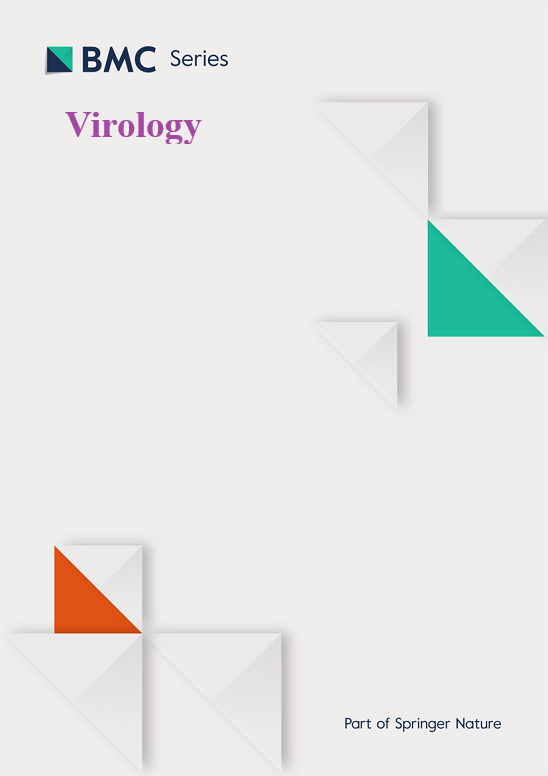病毒的四个w:在哪里,哪个,什么和为什么-深入研究病毒进化
IF 2.8
3区 医学
Q3 VIROLOGY
引用次数: 0
摘要
几个世纪以来,人类一直着迷于进化,试图揭开生命的起源,并将过去的模式与未来的应用联系起来。病毒尽管具有专性的寄生性质,但却是适应性最强的生物实体,其可变性和适应性超过了细胞生命。虽然存在许多关于病毒进化的理论,但对其起源的共识仍然难以捉摸。然而,准种理论已经成为理解病毒进化的主要框架,并间接地解释了它们的可变性和适应性。这一理论阐明了病毒如何调节宿主范围及其与宿主的共生或拮抗相互作用等行为。这篇综述深入研究了病毒进化的最证实的理论,解决了与病毒生态学相关的四个基本问题:病毒起源于哪里?驱动病毒进化的因素是什么?是什么决定了病毒的宿主范围?为什么病毒会采取致病或互惠策略?我们将提供一个全面的和最新的分析,将不同的理论观点与经验数据相结合,提供病毒进化的整体观点及其对病毒行为的影响。本文章由计算机程序翻译,如有差异,请以英文原文为准。
The four Ws of viruses: Where, Which, What and Why - A deep dive into viral evolution
For centuries, humanity has been captivated by evolution, seeking to unravel the origins of life and identify past patterns with future applications. Viruses, despite their obligate parasitic nature, are the most adaptable biological entities, surpassing cellular life in their variability and adaptability. While many theories about viral evolution exist, a consensus on their origins remains elusive. The quasispecies theory, however, has emerged as a leading framework for understanding viral evolution and, indirectly, their variability and adaptability. This theory illuminates how viruses regulate behaviours such as host range and their symbiotic or antagonistic interactions with hosts.
This review delves into the most substantiated theories of viral evolution, addressing four fundamental questions relevant to virus ecology: Where did viruses originate? What factors drive viral evolution? What determines the virus host range? And why do viruses adopt pathogenic or mutualistic strategies? We will provide a comprehensive and up-to-date analysis that integrates diverse theoretical perspectives with empirical data, providing a holistic view of viral evolution and its implications for viral behaviour.
求助全文
通过发布文献求助,成功后即可免费获取论文全文。
去求助
来源期刊

Virology
医学-病毒学
CiteScore
6.00
自引率
0.00%
发文量
157
审稿时长
50 days
期刊介绍:
Launched in 1955, Virology is a broad and inclusive journal that welcomes submissions on all aspects of virology including plant, animal, microbial and human viruses. The journal publishes basic research as well as pre-clinical and clinical studies of vaccines, anti-viral drugs and their development, anti-viral therapies, and computational studies of virus infections. Any submission that is of broad interest to the community of virologists/vaccinologists and reporting scientifically accurate and valuable research will be considered for publication, including negative findings and multidisciplinary work.Virology is open to reviews, research manuscripts, short communication, registered reports as well as follow-up manuscripts.
 求助内容:
求助内容: 应助结果提醒方式:
应助结果提醒方式:


